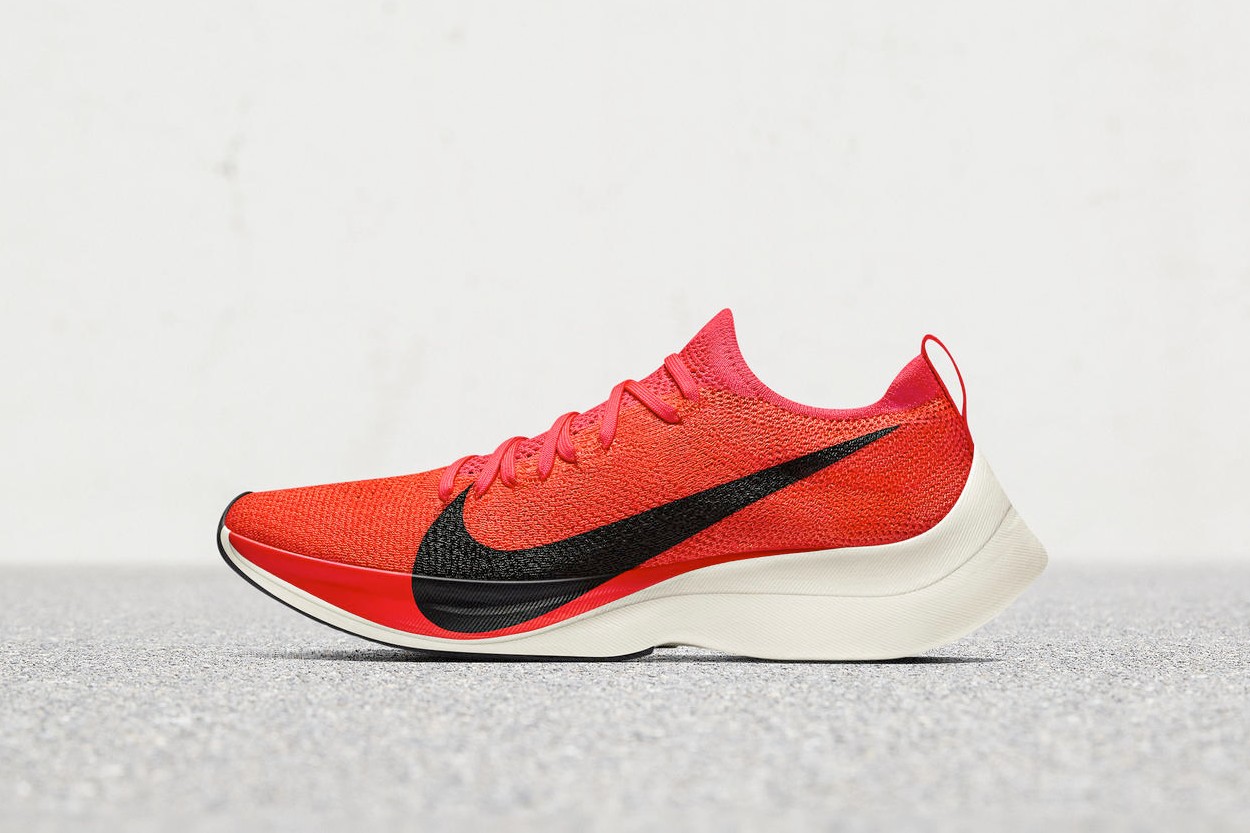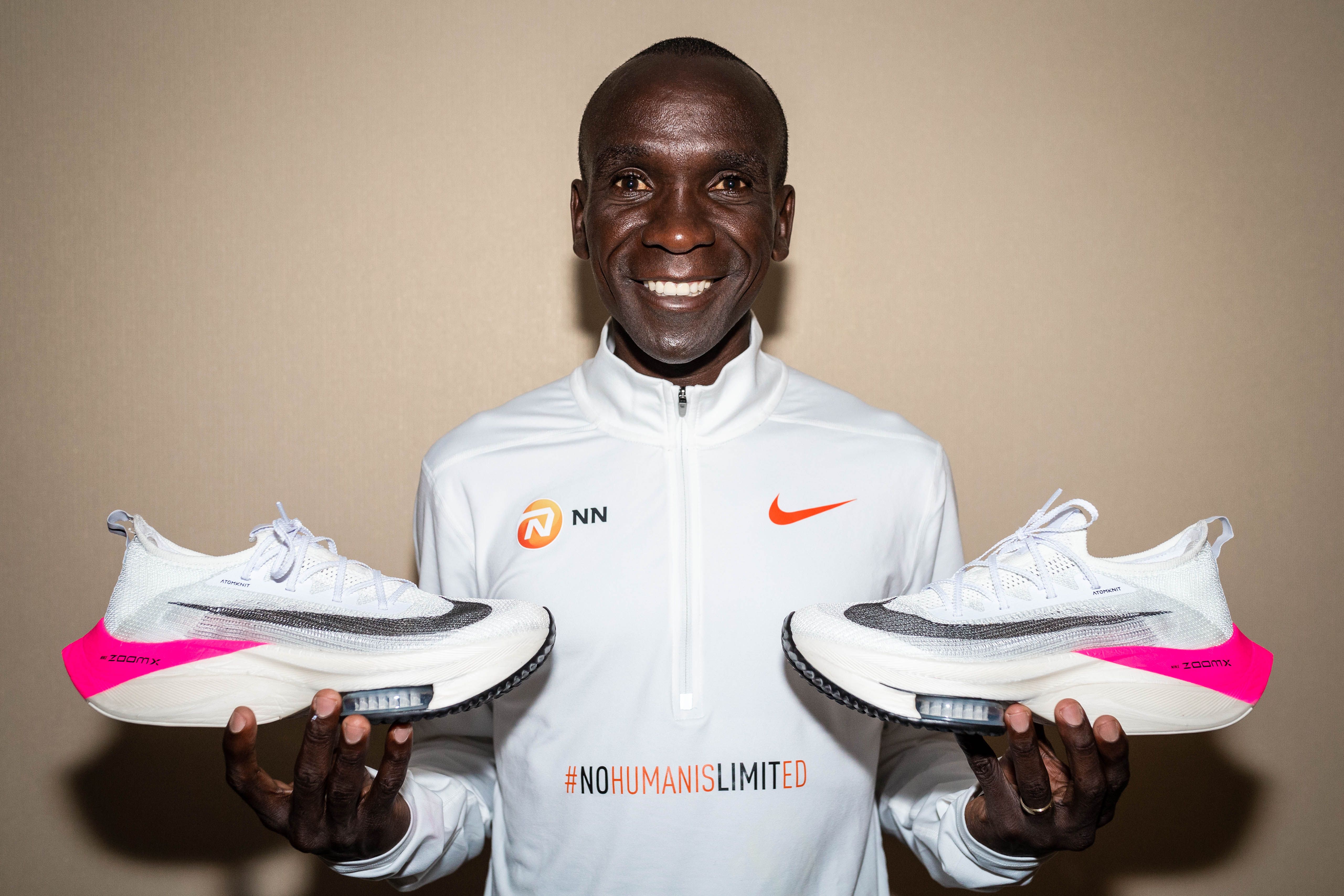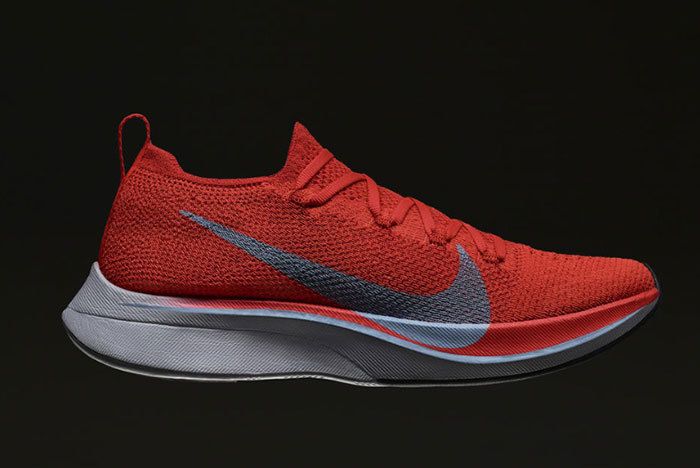

It's not hammering the legs - because running is a very, very impact-related sport.

But Dyer says there's another benefit as well.ĭYER: Some of the anecdotal feedback that we're getting from runners is that it leaves legs less sore because it's absorbing the energy. MARTIN: In other words, the shoes literally spring runners forward and help elite runners shave precious seconds off their times. And it's that combined with carbon fiber plates that work together to absorb and then return a percentage of the energy that the runner puts into them.

He doesn't know the exact science behind this shoe - that's a trade secret held by Nike - but Dyer can talk in general terms about the technology inside VaporFly midsoles.ĭYER: It's a polymer, it's a rubber known as Pebax, which is like a trade name for it. He is a sports technologist an expert in product design at Bournemouth University in the U.K. So why is the Nike VaporFly so controversial?īRYCE DYER: It's turned what is effectively a footrace into an arms race. But in a recent ruling, World Athletics declined to do so. Critics argue that VaporFlys (ph) cross the line when it comes to performance-enhancing technology in the sport, and they put pressure on the governing body of track and field - World Athletics - to ban them. Kenyan runner Eliud Kipchoge was wearing a prototype when he became the first man to run a marathon in under two hours last year. Its design has helped long-distance runners smash records around the world. And in the runup to the games, the world of track and field has been dealing with a controversy over a high-tech running shoe called the Nike VaporFly. "The shoe absorbs a lot of pressure from the asphalt," he says in the documentary.Fans of the Summer Olympics take note - the 2020 games set for Tokyo are just five months away now. ZoomX is softer than its predecessors, offering athletes more comfort as it's compressed.

Kipchoge said the shoe also helped him recover. "So for two athletes of equal ability on race day, the one with the shoes is going to beat the one without the shoes." "The runner runs the race, but the shoe enables him or her to run it faster for the same effort or ability," Geoff Burns, a kinesiology researcher at the University of Michigan, previously told Insider of Vaporflys. The addition of the carbon-fiber plate helps the foam compress and expand quickly. By comparison, the ethylene foam in older running shoe soles gives back 60% to 70%. After it gets squished, the resilient foam bounces back to its original shape, returning 85% of the energy that the runner used to compress it. The foam in Vaporflys, which Nike named ZoomX, relies on a material called polyether block amide, or Pebax. The key is the shoes' lightweight carbon fiber and foam sole, which minimizes the energy lost per footfall. Account icon An icon in the shape of a person's head and shoulders.


 0 kommentar(er)
0 kommentar(er)
